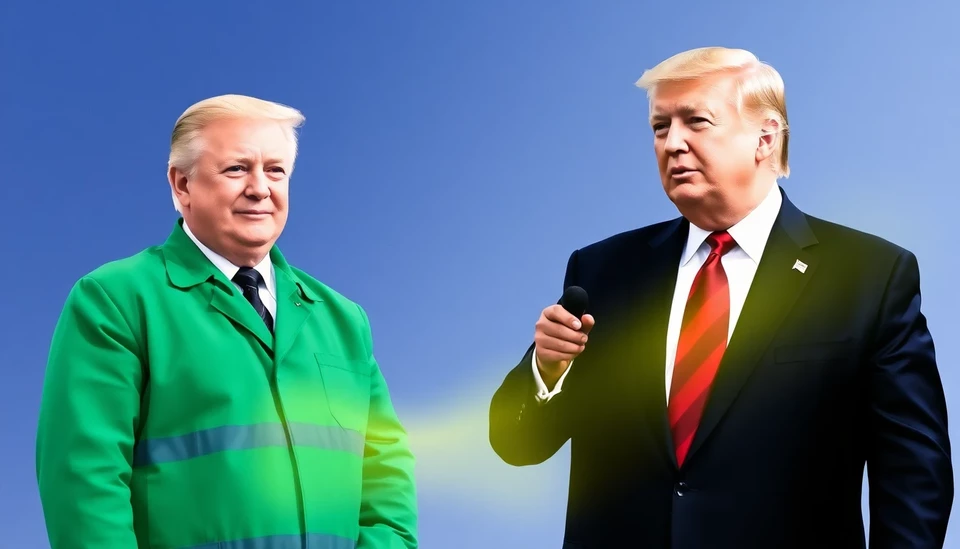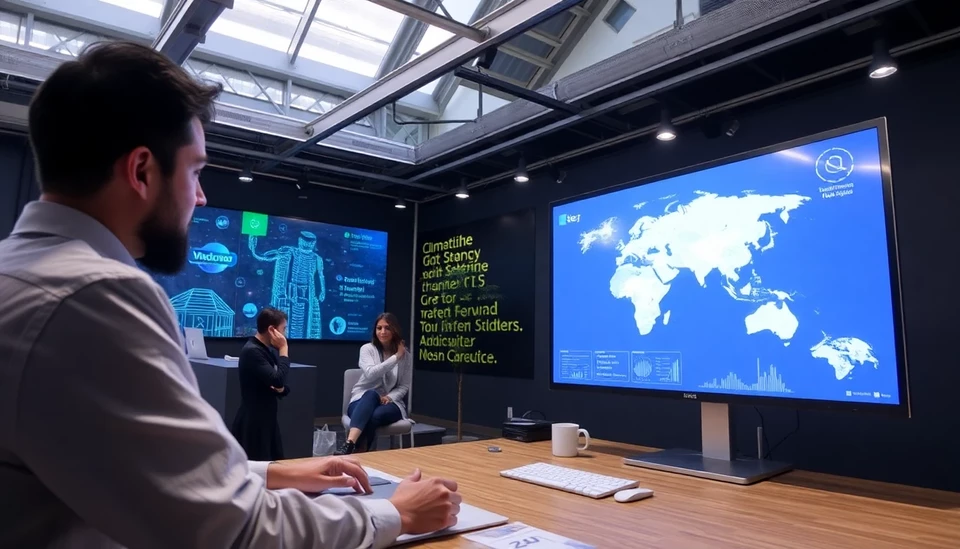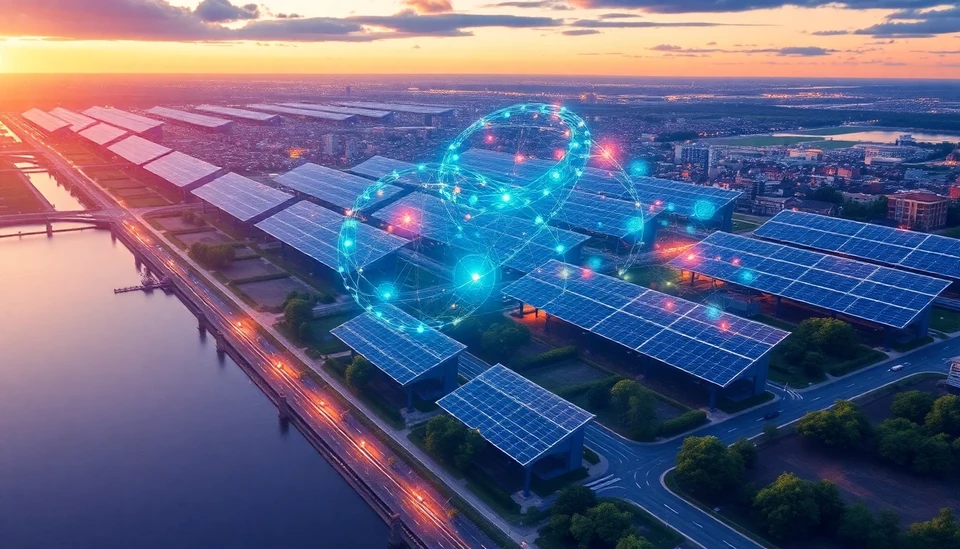
In a surprising turn of events, former President Donald Trump’s tariffs and executive orders are influencing the landscape of climate technology investment as we approach 2025. Despite his presidency ending in early 2021, many of Trump’s policies continue to reverberate through various sectors, notably the burgeoning field of climate tech. Investors and companies are now navigating a new reality shaped by these previously implemented measures.
Under Trump's administration, tariffs on imported goods — especially from China — were implemented primarily to bolster U.S. manufacturing and protect domestic industries. However, this protectionist approach is now pushing investors to seek innovations in homegrown technologies that can meet the growing demands for sustainability. As firms focus on reducing dependence on foreign supply chains, a paradigm shift is taking shape whereby investment into local clean energy technologies is becoming more appealing.
Additionally, Trump’s executive orders aimed at deregulating energy production and encouraging fossil fuel use may appear counterproductive to climate action; however, the resulting energy policy environment has set the stage for a unique investment opportunity. In states that traditionally leaned on fossil fuels, there has been a growing recognition that transitioning to renewable energy can not only combat climate change but also provide new economic opportunities. This shift is prompting a surge in investments toward solar, wind, and battery storage technologies.
Moreover, innovations are not limited to energy production alone. Electric vehicles (EVs), a cornerstone of climate tech, are witnessing a significant uptick in funding as both established automakers and startups vie for dominance in this growing market. This surge can partially be attributed to the revised U.S. economic landscape following Trump’s tariffs, which have prompted automotive manufacturers to re-evaluate their supply chains while pursuing sustainable practices. The competition is growing fierce, with manufacturers now motivated to invest in domestic production to circumvent tariffs, leading to advancements in EV technology.
The economic implications are significant. Large venture capital firms have mobilized their resources to funnel money into climate tech startups. Noteworthy is the essential drive to create scalable solutions that eliminate the waste associated with traditional energy production and distribution. With ventures focusing on grid modernization, carbon capture solutions, and eco-friendly manufacturing processes, a wave of innovation is sweeping across the industry, ushering in potential breakthroughs that could reshape the climate tech market.
As the Biden administration emphasizes its commitment to climate action, the juxtaposition of Trump's legacy with contemporary environmental policies poses intriguing questions about the future. The groundwork laid during Trump’s presidency has inadvertently encouraged a pivot among companies and investors toward sustainable technologies, showing that past policies can continue to shape future landscapes in unexpected ways.
Looking forward, the intersection of Trump's tariffs and climate tech signifies a complex dance between protectionism and innovation. Investors are recognizing this shift and adjusting their strategies to align with new economic realities. In this evolving narrative, it is clear that the consequences of past administrations linger on, leading to new opportunities and challenges in the fight against climate change.
As we continue to navigate through 2025 and beyond, it’s vital to keep a watchful eye on how these dynamics will influence the climate tech sector and the broader economy, redefining investment strategies and market trends.
#ClimateTech #TrumpPolicies #Investment #RenewableEnergy #ClimateAction #Sustainability
Author: Peter Collins




